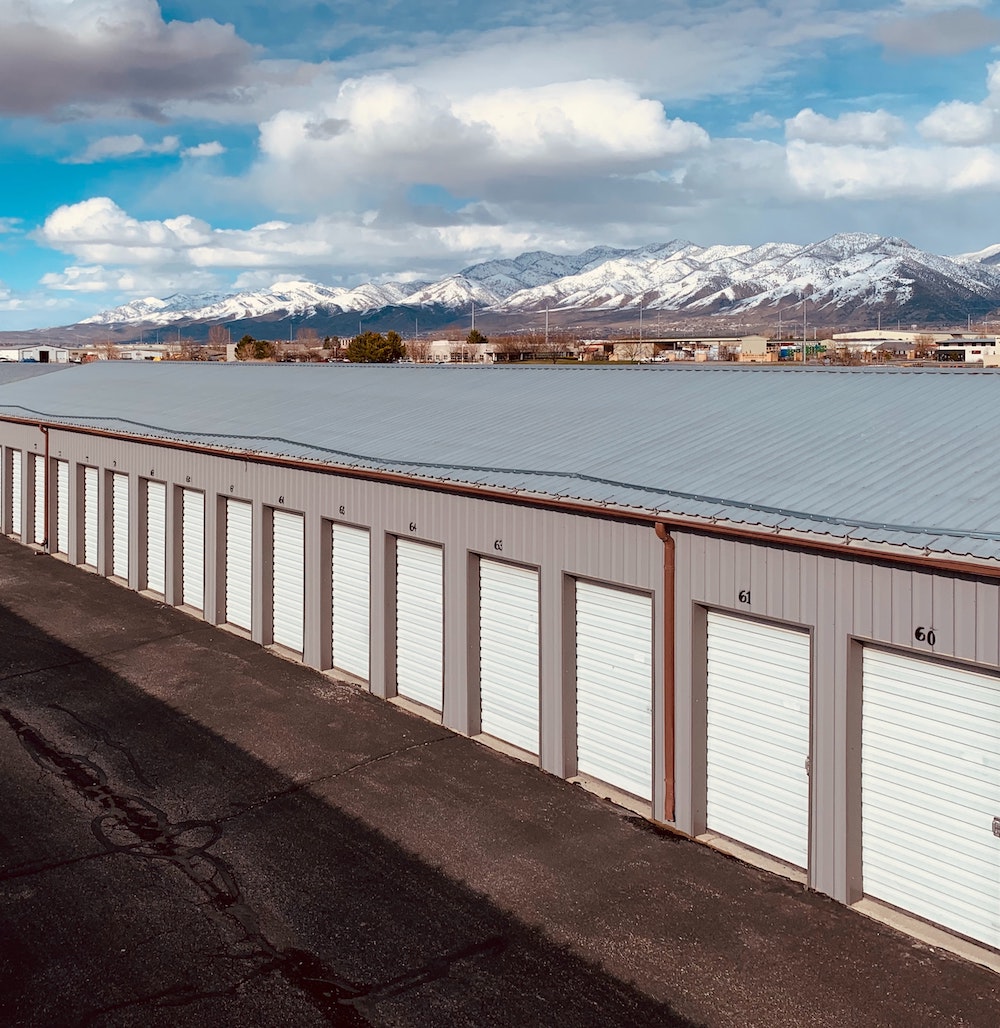
21 Dec 2021
This report will compare the storage rates for the December 2020 holiday season to the December 2021 holiday season. The purpose of the report is to examine the impact of storage rates during the tragically deadliest month of the coronavirus pandemic in the United States, compared to a year later. The coronavirus pandemic has had a major impact on a variety of businesses, including self-storage. Many companies closed their doors in December 2020, and individuals were unable to travel as freely as they would have liked, forcing them to miss out on precious time with loved ones.
As of 14th December 2021, the major cities in the top 5 Markets via Radius+ Insider were found to be Dallas, Houston, New York, Los Angeles, and Chicago (Figure 1). The study area will be within a 10-mile radius from the center point of each city allowing for a true and equal comparison of the data from all 5 cities. This report will be focusing on the prices of All Units and Climate Controlled Units of the traditional unit sizes - 5x5, 5x10, 5x15, 10x10, 10x15, 10x20.
The findings were collected via the Radius+ platform, to find out more about Radius+ please visit www.radiusplus.com